- Lukas Zatopek
- Blog
- 1 likes
- 739 views
- 0 comments
How to Choose the Right Photo-Etch: A Guide for Modelers
When it comes to adding intricate details to your scale models, photo-etch sets are indispensable. These sets allow for incredibly fine details that elevate your model's realism to a whole new level. However, choosing the right photo-etch can be daunting, especially for beginners. In this guide, we'll walk you through the essentials of selecting the best photo-etch for your project, focusing on material types, thickness, tools, and project complexity.
Photo-etch sets are commonly made from either brass or nickel silver (alpaca). Understanding the properties of these materials will help you make an informed choice:
Brass
- Malleability: Brass is highly malleable, making it easier to shape and work with. This property allows for more intricate and delicate details.
- Usability: Ideal for beginners and detailed work.
- Availability: Widely used and readily available.
Nickel silver ( Alpaca)
- Hardness: Nickel silver is harder than brass, providing more durability but making it more challenging to work with.
- Cost: Generally more expensive than brass.
- Usage: Preferred for projects requiring more strength and durability, but less common for highly detailed work.
The thickness of photo-etch sheets is measured in millimeters (mm), with common sizes ranging from 0.1mm to 0.4mm. Here’s a breakdown of the most common thicknesses and their applications:
- 0.1mm: Extremely fine details, very delicate.
- 0.15mm: The most commonly used thickness, balancing detail and durability.
- 0.2mm: Suitable for parts needing a bit more strength.
- 0.3mm - 0.4mm: Used for structural components that require added rigidity.
At our shop, the 0.15mm thickness is a favorite due to its versatility and ease of use for a wide range of projects.
To work with photo-etch, you’ll need some basic tools. Here’s what we recommend:
- Modeling Scissors: Specially designed for cutting fine metal sheets.
- Sharp Scalpel: For precise cutting and trimming.
- Cutting Mat: A hard surface to protect your workspace and ensure clean cuts.
- Tweezers: Preferably with a slanted, fine point for handling small parts.
- Modeling File: A triangular file is particularly useful for smoothing edges and fitting parts.
Project Complexity
Assessing the complexity of your project is crucial. Photo-etch sets can range from simple additions to extensive kits that significantly alter your model. Consider the following:
Correction and Detail Sets
Conclusion
Selecting the right photo-etch set involves understanding your material preferences, choosing the appropriate thickness, equipping yourself with the right tools, and honestly assessing your project's complexity. Our photo-etch products are designed to cater to all levels of modelers, ensuring that whether you're a novice or a seasoned pro, you’ll find joy in the precise and meticulous work that goes into enhancing your model.
Each set we produce is crafted with precision and care, often taking months to perfect, ensuring that every detail fits seamlessly into your build. We invite you to explore our range and experience the satisfaction of working with high-quality photo-etch parts. Happy modeling!

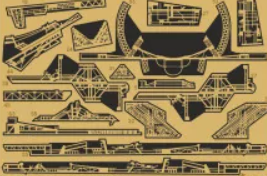

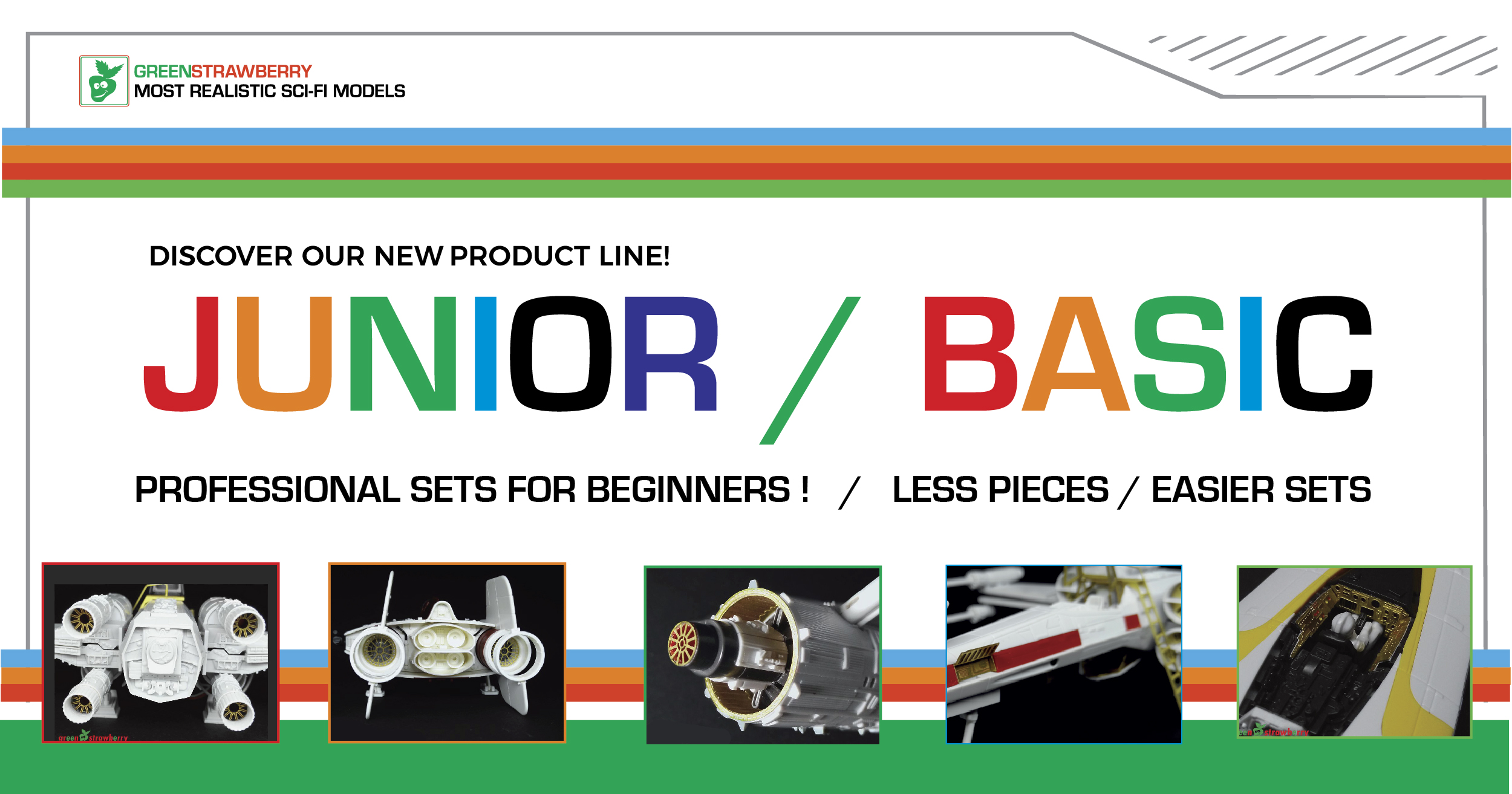
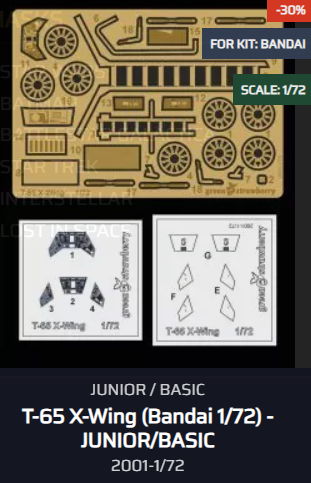
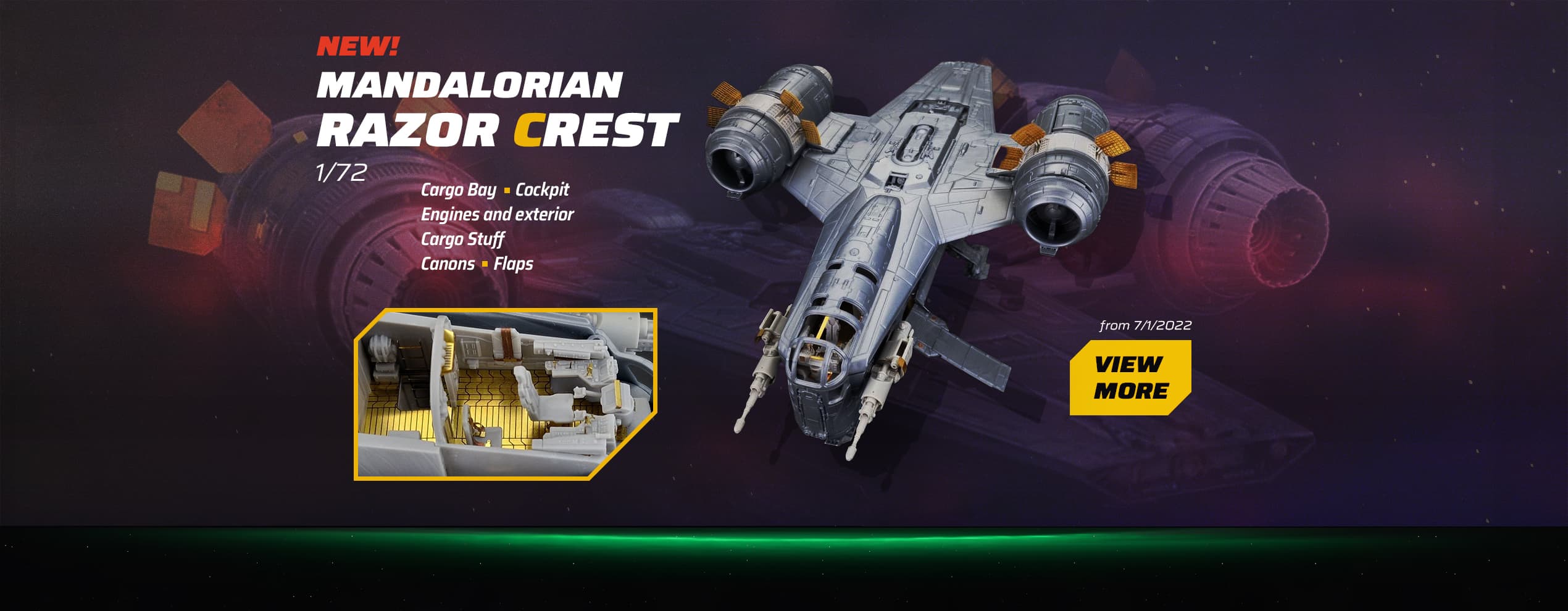
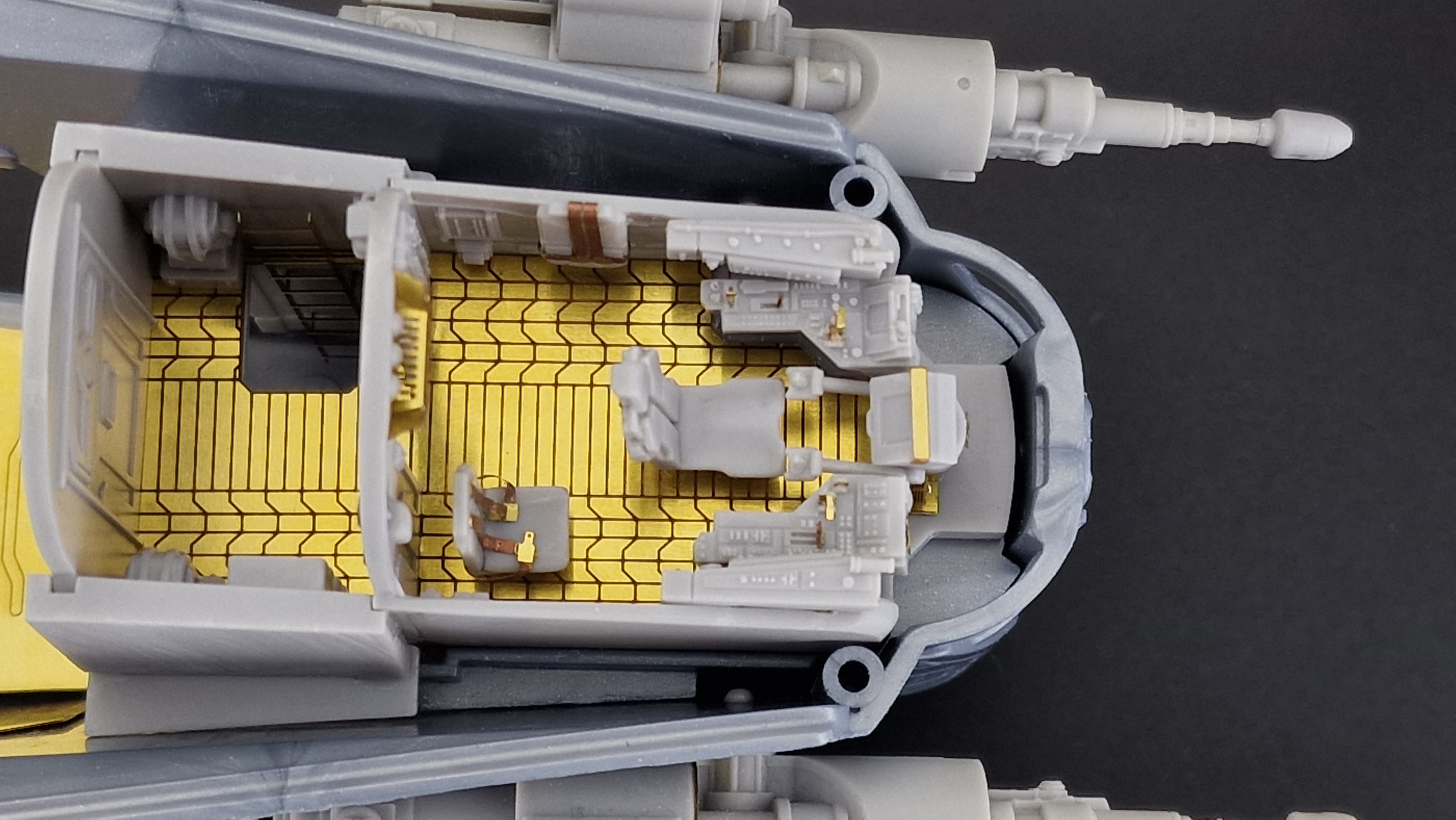
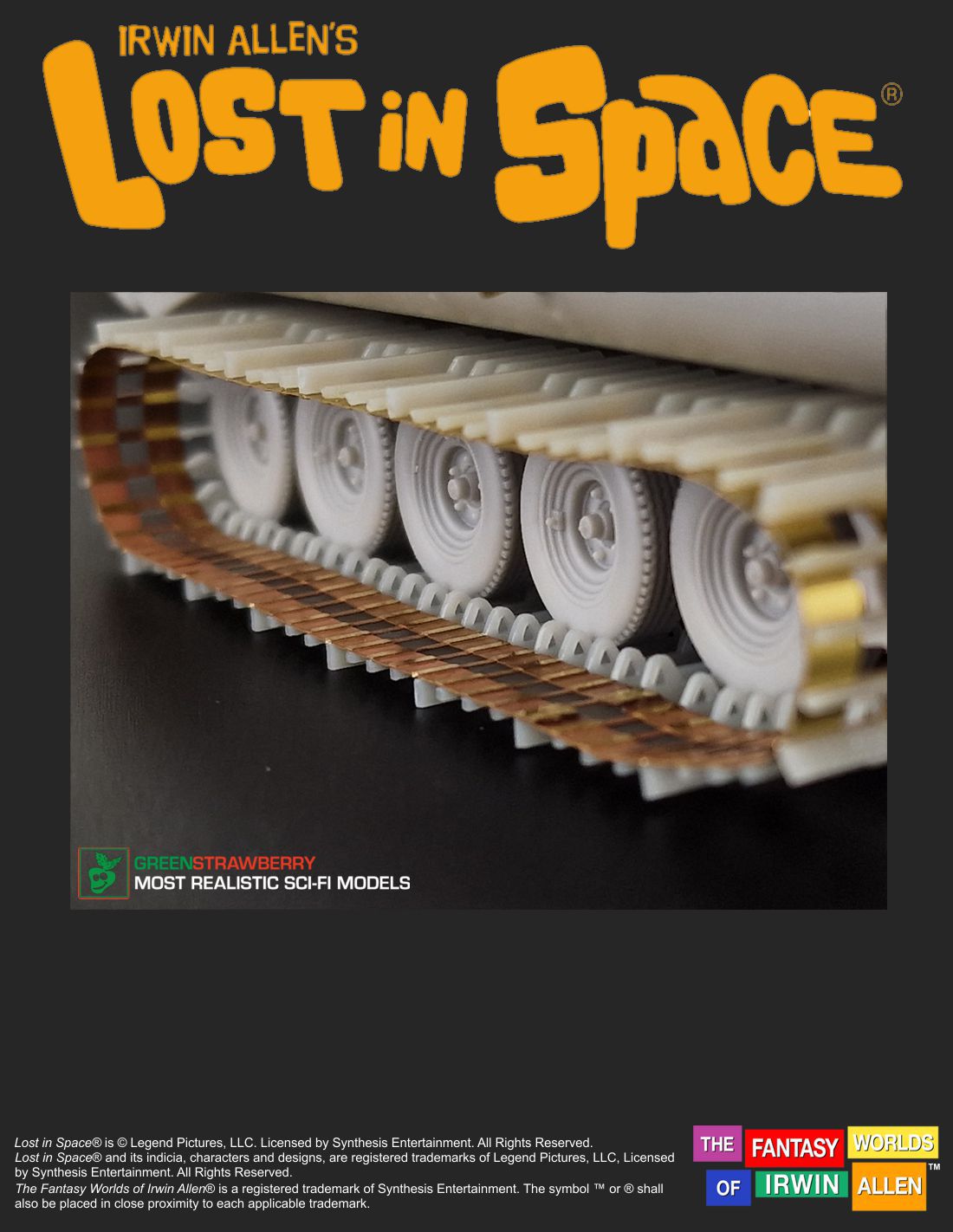
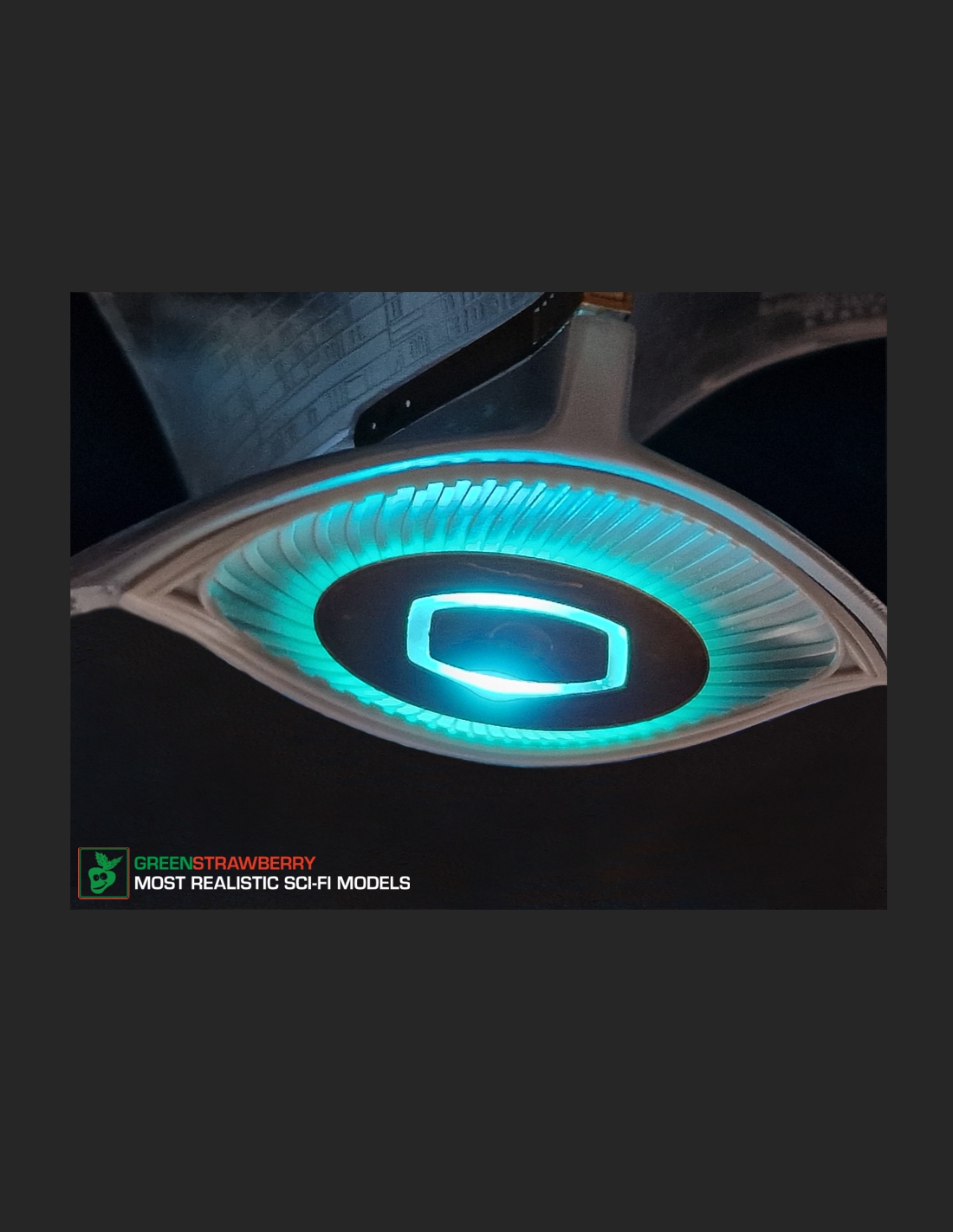
Comments (0)